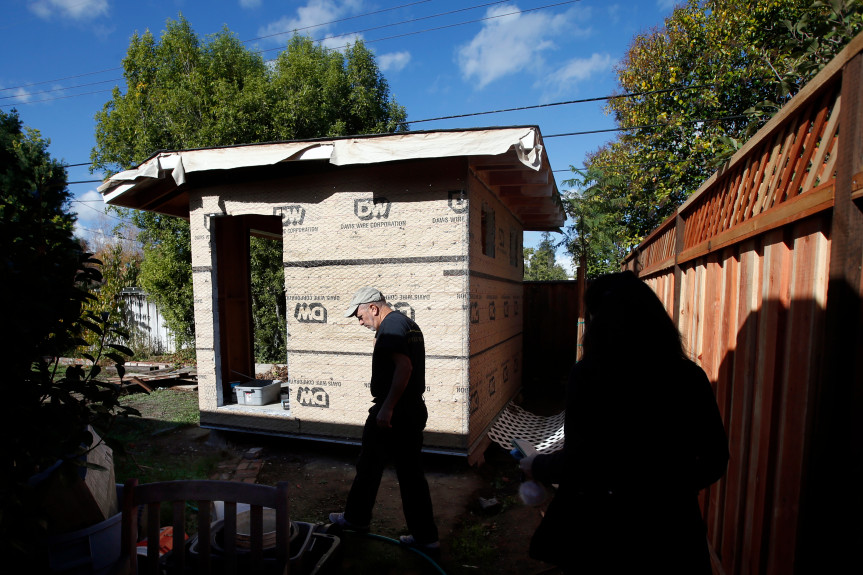By Leslye Corsiglia and Kevin Zwick
San Jose City Councilman Chappie Jones’ regular email newsletter to constituents led with the headline “Housing Crisis Hits District 1’s Very Own.” Following was a personal letter from his legislative and policy director, Christina Pressman, that described why she had made the decision to leave her job and move her family more than 1,200 miles away to Denver. The short answer? Rising rents and housing costs.
Unfortunately, this story is far from unique. The lack of affordable housing is displacing residents who call the South Bay home — residents who grew up here, raised their families here, formed community. It’s no longer just those on fixed incomes or who work low wage jobs who are impacted. The housing crisis has made it hard for middle-income families and even families earning six figures to find a decent and affordable place to live.
Last week we celebrated Affordable Housing Week, a series of events organized by SV@Home and hosted by many South Bay nonprofits, designed to educate, inspire, and engage the public about the Bay Area’s housing crisis and what can be done. Many solutions were discussed during the week. Here are a few:
1) We can dramatically increase the number of Accessory Dwelling Units (ADUs), sometimes called granny units or backyard cottages. State Sen. Bob Wieckowski sponsored legislation to make development of ADUs easier, and we are calling on cities to make it even simpler. This has made a difference — between 2007 and 2014, Santa Clara County produced only 29 ADUs annually. In 2017, that number had increased by 70 percent, even before the effective date of some of the new laws. To make it easier for homeowners, Housing Trust Silicon Valley will begin offering educational workshops to help homeowners navigate the development process, and launching a financial assistance program in the fall.
2) We simply need to build more housing, particularly housing targeted to lower-income households. As cities plan for new jobs, they must include a significant number of new homes and ensure that a large percentage is affordable. Mountain View recently approved the North Bayshore Precise Plan, which includes plans for 9,850 new homes, 2,000 of which are affordable. This action doubled the number of affordable homes in the city. Other cities have opportunities to follow suit, including Sunnyvale with Moffett Field, Cupertino with the Vallco Mall, and San Jose with Diridon Station. SV@Home is advocating for thousands of new homes in these planning areas.
3) We must call on creative minds and our tech sector to be a part of the solution. Private sector companies like RAD Urban and Factory OS in Vallejo are using modular construction techniques to reduce the cost of building safe, attractive homes for people of all income levels. And corporations like Cisco Systems, Facebook, LinkedIn, Google, and Kaiser Permanente are investing in solutions, such as the Housing Trust’s Tech Fund and Cisco’s recent $50 million contribution to our partner Destination: Home’s work to end chronic homelessness in our valley. More ideas, more money, and more engagement are needed from the private sector.
To ensure that we maintain community and that we retain the people who have made Silicon Valley what it is today, we simply must address the housing crisis. We understand that this task won’t be easy. It will take a great deal of work, community support, and political will. We are working hard to address the challenge and welcome your ideas, your voices, and your energy in responding to what is truly the crisis of our time.
Leslye Corsiglia is executive director of Silicon Valley at Home. Kevin Zwick is CEO of Housing Trust Silicon Valley.
